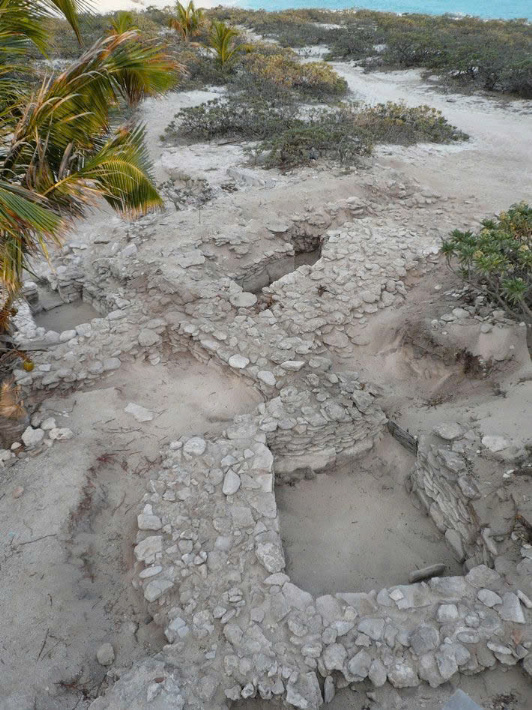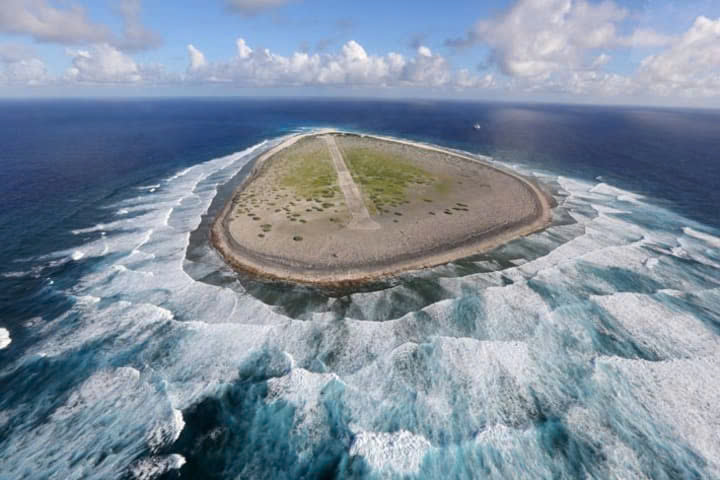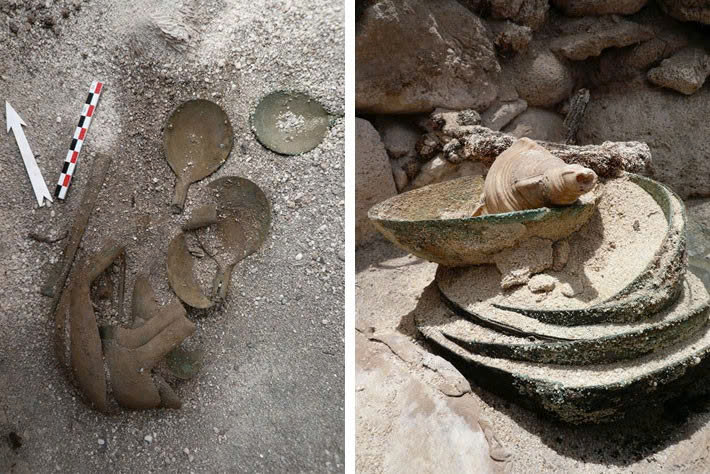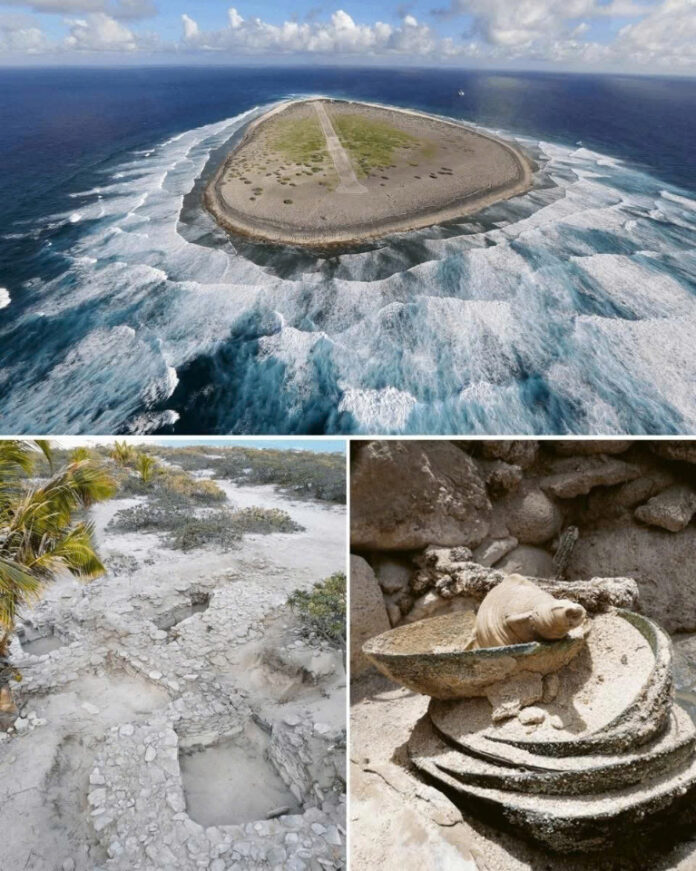Introduction
Tromelin Island, a small and desolate sandbank in the Indian Ocean, holds a haunting yet inspiring story of survival and resilience. In 1761, a shipwreck left 80 enslaved Malagasy people stranded on this barren island, abandoned by their French captors. For 15 years, these individuals endured unimaginable hardships, relying on their ingenuity and determination to survive.

Today, Tromelin Island stands as a poignant reminder of the brutalities of slavery and colonialism, as well as the indomitable human spirit. This article delves into the history of Tromelin Island, its tragic events, and its enduring legacy.
1761: The Wreck of L’Utile
The Illegal Slave Trade
On July 31, 1761, the French ship L’Utile, operated by the French East India Company, was clandestinely transporting 160 Malagasy slaves from Madagascar. The slave trade had been officially banned by the French government, but illegal operations continued in secrecy.
During its journey, L’Utile ran aground on a remote sandbank in the Indian Ocean, later named Tromelin Island. The island, located about 450 kilometers (280 miles) east of Madagascar, was a barren, inhospitable place with no fresh water, vegetation, or natural resources.
Abandonment of the Malagasy Survivors

The shipwreck left around 120 survivors, including the French crew and the enslaved Malagasy people. Despite their dire circumstances, the survivors collaborated to construct a makeshift vessel called La Providence, using salvaged materials from the wreck.
On September 27, 1761, the French crew departed aboard this vessel, promising to return and rescue the Malagasy captives they left behind. However, this promise was never fulfilled, and the Malagasy people were abandoned to their fate.
1761–1776: Fifteen Years of Survival
Resourcefulness and Ingenuity
The Malagasy captives displayed incredible resilience during their 15 years of isolation on Tromelin Island. Without access to essential resources, they adapted in extraordinary ways:
- Shelters: They built huts using shipwreck debris and coral.
- Food and Water: They relied on rainwater, hunted sea turtles, gathered bird eggs, and fished to survive.
- Tools and Clothing: They crafted tools from salvaged metal scraps and wove clothing from braided bird feathers.

Archaeological excavations led by Max Guérout, a French maritime archaeologist, have uncovered artifacts that testify to their resourcefulness. These findings include tools, remnants of shelters, and woven materials, shedding light on their remarkable ingenuity.
Video
1776: The Rescue
The Arrival of La Dauphine
On November 29, 1776, fifteen years after the shipwreck, the French ship La Dauphine arrived at Tromelin Island. By this time, only eight survivors remained:
- Seven women
- One eight-month-old child
The survivors were taken to Mauritius, where they were granted freedom. However, due to a fear of re-enslavement, they chose not to return to Madagascar. Unfortunately, little is known about their lives after their rescue, as their stories were largely erased from historical records.

The Legacy of Tromelin Island
A Symbol of Colonial Injustice
The story of Tromelin Island highlights the systemic brutalities of slavery and colonialism. The abandonment of the Malagasy captives reflects the disregard for human life that characterized the transatlantic and Indian Ocean slave trades.
Preserving History
Efforts have been made to ensure that the story of Tromelin Island is not forgotten:
- Archaeological Research: Excavations led by Max Guérout have uncovered artifacts that provide insight into the lives of the stranded Malagasy captives.

